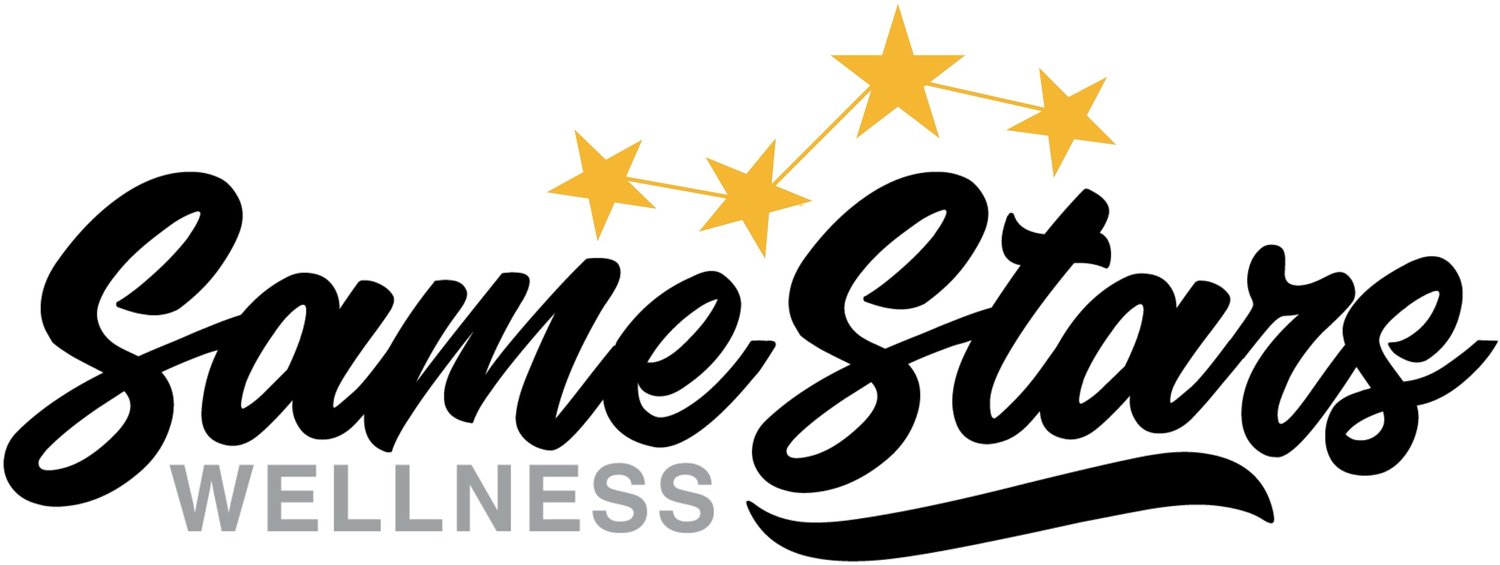When Worry Doesn’t Switch Off: Anxiety and Depression in Tweens and Teens
When calm feels out of reach
If your child seems constantly “on edge” or weighed down by sadness, you’re not alone — and it’s not your imagination. Anxiety and depression in tweens and teens have become increasingly common, especially as young people face mounting pressures at school, online, and in social circles.
These emotions don’t just live in the mind — they live in the body, too. Tight shoulders, upset stomachs, racing hearts, shallow breathing — they’re all signs that the nervous system is struggling to regulate.
That’s where craniosacral therapy can help. It’s a gentle, body-based approach that helps calm the nervous system, release stored tension, and create a space for emotional ease — supporting your child from the inside out.
Understanding the body–mind connection
When a young person experiences anxiety or depression, their nervous system can get “stuck” in survival mode. Instead of shifting smoothly between calm and alert, the body stays on high alert — or shuts down completely.
This can look like:
Trouble sleeping or frequent waking
Headaches, stomach aches, or nausea
Irritability or withdrawal from friends
Difficulty focusing or feeling “foggy”
A general sense of being overwhelmed
Even when the source of stress is gone, the body can hold onto the memory of that tension — making it hard to feel safe or at ease.
How craniosacral therapy helps
Craniosacral therapy (CST) focuses on the central nervous system — the brain and spinal cord — using light touch to support balance and release areas of physical restriction. For kids and teens living with anxiety or depression, CST helps the body remember what calm feels like.
Through this gentle work, the nervous system can begin to regulate again — supporting emotional stability, better sleep, and more energy.
CST may help with:
Nervous system overactivation (feeling constantly “on”)
Emotional overwhelm and mood changes
Restlessness or muscle tension
Fatigue and low motivation
Digestive discomfort related to stress
While CST isn’t a replacement for counseling or medical support, it can be an incredibly valuable complement — giving the body the stability it needs to respond to emotional healing.
Why gentle, body-based care matters for teens
For many tweens and teens, talk therapy alone can feel intimidating or exhausting. Craniosacral therapy offers an alternative path — one that doesn’t rely on words.
It’s calm. Quiet. Grounding. And it meets young people where they are — allowing them to experience regulation and safety without needing to explain what’s going on inside.
Over time, this can improve not only emotional well-being but also concentration, body confidence, and resilience during stressful transitions like exams, social challenges, or major life changes.
What a session looks like
At Same Stars Wellness, treatments are gentle, fully clothed, and guided by your child’s comfort. Many teens bring music or a weighted blanket; some prefer silence. There’s no “right” way — only the way that feels safe for them.
Our goal is to create a space where your child feels heard, respected, and supported as they reconnect with a sense of calm and control.
Further Reading & Resources
Canadian Mental Health Association: Anxiety and Depression in Youth
Kelty Mental Health Resource Centre (BC Children’s Hospital): Supporting Teens with Anxiety
Connect with Same Stars Wellness in Calgary to learn how craniosacral therapy can complement your child’s mental health care and help restore balance to their nervous system.

